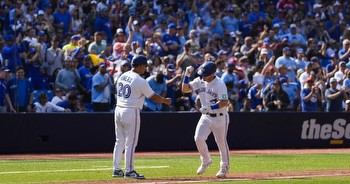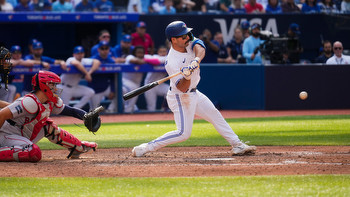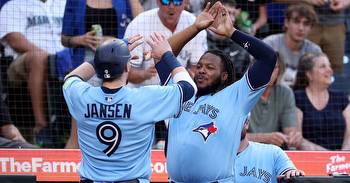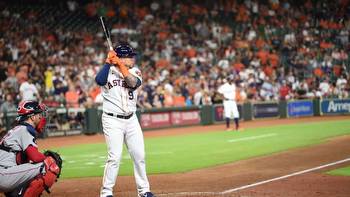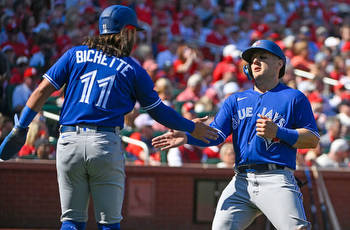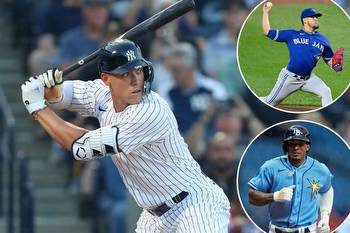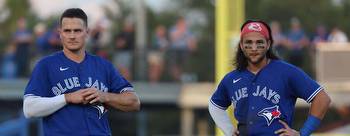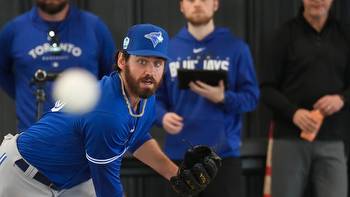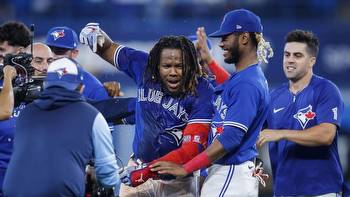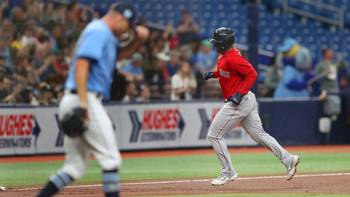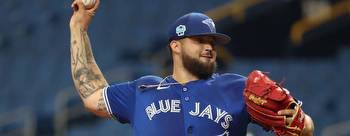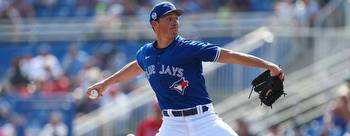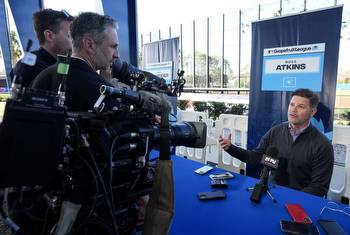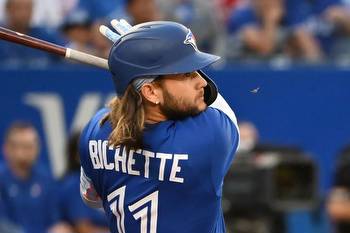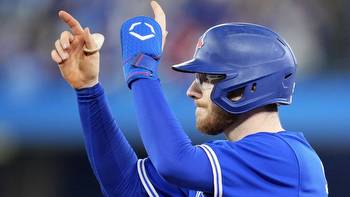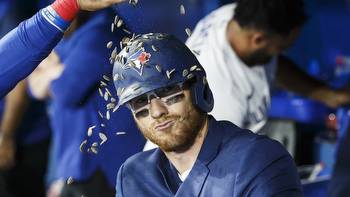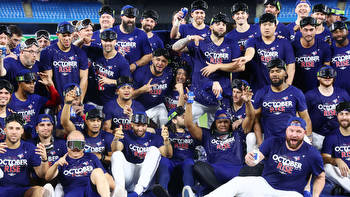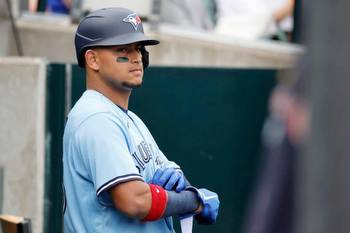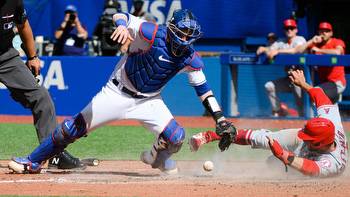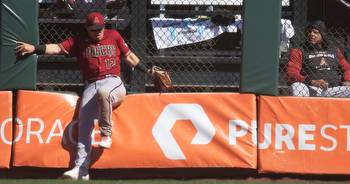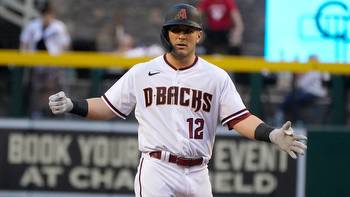What's new with the Blue Jays and baseball this season
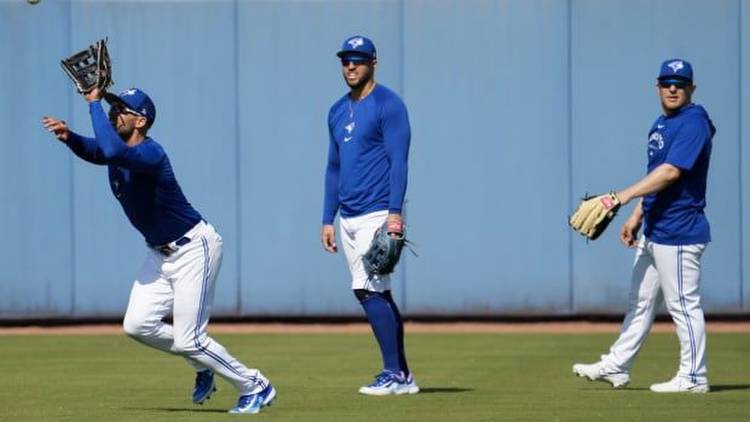
CBC Sports' daily newsletter welcomes spring training with a catchup on the big changes you'll see in the Toronto Blue Jays and Major League Baseball this year.
Toronto's remade outfield, MLB's new rules highlight changes for 2023
This is an excerpt from The Buzzer, which is CBC Sports' daily email newsletter. Stay up to speed on what's happening in sports by subscribing here.
Yesterday in Dunedin, Fla, the Toronto Blue Jays held their first full-team workout of the year. With spring training now underway across the majors and Opening Day just five weeks away, it's cliché to say that hope and change are in the air. But they are — not only for the Blue Jays but for the sport of baseball itself. Here's a catchup on the differences you'll see in the Jays and the game this year:
What's new with the Jays
In a vacuum, the 2022 Blue Jays were pretty successful. They won 92 games, the franchise's second-highest total since the World Series years, and made it back to the post-season after a one-year absence.
Based on expectations, though, they were a disappointment. Picked by many to win their division and listed as a top-three betting favourite to capture their first championship in three decades, the Jays finished seven games behind the Yankees in the AL East and got swept 2-0 by underdog Seattle in the wild-card round of the playoffs.
That humbling defeat triggered several off-season moves by general manager Ross Atkins, who focused on remaking his outfield. Atkins traded right-field slugger Teoscar Hernández to Seattle for reliever Erik Swanson and lefty prospect Adam Macko, then shipped left-fielder Lourdes Gurriel Jr. and promising young catcher Gabriel Moreno to Arizona for 26-year-old Daulton Varsho, an exceptional defensive outfielder and baserunner with some pop in his bat. Atkins also signed three-time Gold Glove centre-fielder Kevin Kiermaier, allowing the Jays to shift oft-injured George Springer to lighter duty in right while Varsho takes over in left.
The new-look outfield seems better equipped for the challenge of patrolling Toronto's reconfigured ballpark, which now features angled fences of varying heights as part of a massive stadium reno project. The defensive upgrades should also help the Jays adapt to baseball's new limits on positioning, which could make playing the outfield a more demanding job.
Atkins also signed longtime San Francisco Giants first baseman Brandon Belt to be the Jays' primary DH and splurged on right-handed starter Chris Bassitt, who got a three-year deal for $63 million US. Bassitt, 34, was a top-10 Cy Young vote-getter in 2020 and '21 with Oakland before going 15-9 last year with the Mets. The steady vet provides depth in the rotation behind Cy Young finalist Alek Manoah, strikeout artist Kevin Gausman and José Berríos, who hopes to rebound from an awful first year of his massive contract.
The Jays are also hoping for a bounce-back year from Vladimir Guerrero Jr. The young franchise cornerstone remained a very good hitter last year (and won a Gold Glove for his work at first base), but he regressed significantly from an MVP-calibre 2021 season in which he tied for the big-league lead with 48 home runs.
What's new with baseball
Major League Baseball remains a thriving business, but a gnawing anxiety has gripped the sport as the post-Moneyball number-crunchers who run today's front offices come closer and closer to "solving" the game. Turns out, the optimal tactics make for a pretty boring product. In particular, the endless stream of near-unhittable flamethrowers trotting out from every bullpen leaves overmatched batters no choice but to swing for the fences with every hack. This has turned baseball into a sluggish, stationary sport where it seems like the ball is hardly ever in play and fans are rarely engaged.
To combat the decline in entertainment value, MLB is introducing a suite of aggressive rules changes this year. Most significant is a pitch clock, which will give hurlers 15 seconds to deliver the next ball when no one is on base and 20 seconds with runners on. Pitchers will also be allowed to "disengage" — step off the rubber or attempt a pickoff, say — no more than twice per plate appearance, while batters must stay in the box more. The main goals here are to cut down the total runtime of each game while also reducing those monotonous gaps between pitches. Less recovery time could also sap some power from those max-effort relievers that have changed the sport for the worse.
New defensive-positioning rules were also added to counter the extreme shifts that swallowed up so many would-be hits. Teams now must have four fielders within the boundary of the infield dirt, with two on each side of second base. This means no more tormenting lefty pull hitters by overloading the right side of the diamond and placing an infielder out in shallow right to turn hard-hit balls into outs.
The other, less significant, change was increasing the size of the bases by three square inches. Boston manager Alex Cora joked that they "look like a pizza box," but the bigger bags shouldn't be all that noticeable. They're meant to improve player safety by reducing collisions, and they could incentivize more stolen-base attempts now that the distance for runners to cover is a few inches shorter. .


